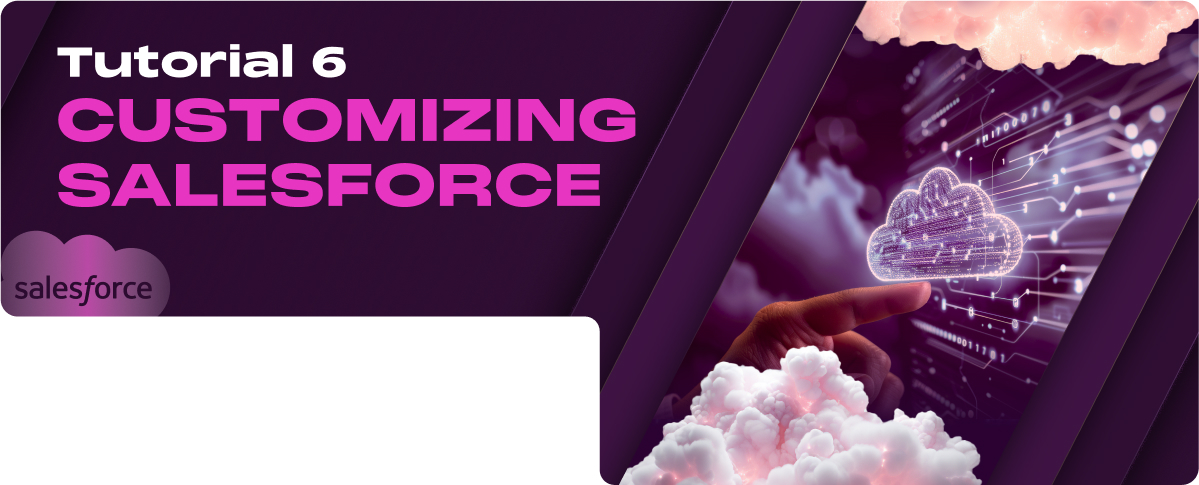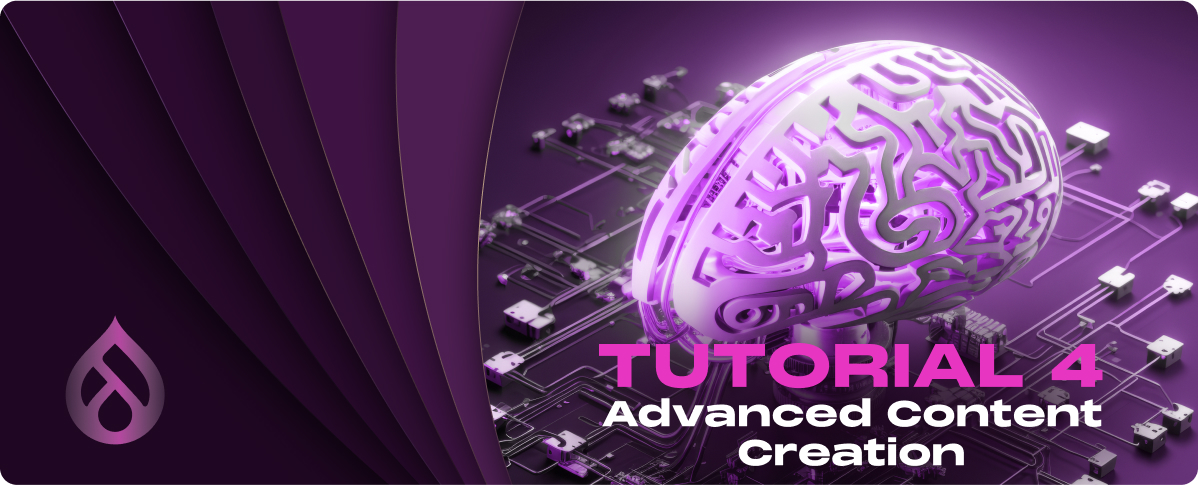Guide on Creating Custom Fields and Objects
Creating Custom Fields
Custom fields in Salesforce allow you to tailor your data capture to specific business needs, providing additional detail beyond standard field offerings.
Types of Custom Fields
Salesforce supports various data types for custom fields, including:
- Text: For short or long strings of text.
- Number: For numerical values.
- Picklist: For a dropdown list of predefined options.
- Date/Time: For specifying dates and times.
- Checkbox: For simple true/false conditions.
- Lookup Relationship: To create a relationship between this object and another object.
Adding Custom Fields to Standard and Custom Objects
To add a custom field:
- Navigate to Setup: Enter the name of the object (e.g., Account) in the Quick Find box, then select ‘Fields & Relationships’ from the object’s setup menu.
- Create New Field: Click on ‘New’ and select the appropriate data type for your custom field. Fill in the necessary details like field label, length, and field-specific settings.
- Define Field-Level Security: Decide which profiles can view or edit the field.
- Add to Page Layouts: Ensure the field is added to the relevant page layouts so it is visible and usable within records.
Creating Custom Objects
Custom objects provide a structure for storing information unique to your organization and are not covered by Salesforce’s standard objects.
Defining Custom Objects
- Navigate to Setup: Enter ‘Objects’ in the Quick Find box, then select ‘Object Manager’.
- Create New Custom Object: Click on ‘Create’ and select ‘Custom Object’. Enter details such as the object name, label, and description.
- Configure Settings: Set features such as record name, data type, and whether the object should have reports, activities, or be trackable via history.
Setting Up Custom Object Relationships
To relate custom objects to other objects (custom or standard):
- Create a Relationship Field: Within the custom object setup, choose to add a new field and select a relationship type (lookup or master-detail).
- Select the Related Object: Specify the object to which this new custom object should relate. For example, a custom object for Vendor might relate to the Account object via a lookup relationship.
- Configure Relationship Details: Define the specifics of the relationship, including related lists, cascading delete rules (for master detail), and sharing settings.
Creating and managing custom fields and objects in Salesforce allows organizations to extend the functionality of their CRM to fit precise business needs, ensuring all necessary data is captured and managed effectively.
Customizing Page Layouts and Understanding Record Types
Customizing Page Layouts
Page layouts in Salesforce control how fields, related lists, and custom links are displayed on object record pages. They play an important role in ensuring that users see the most relevant information tailored to their needs.
Modifying Layouts for Standard and Custom Objects
- Access Page Layouts: Navigate to Setup, enter the name of the object in the Quick Find box, then click ‘Page Layouts’ under the object settings.
- Edit Layout: Select a layout to modify or click ‘New’ to create a new layout. Use the drag-and-drop interface to move elements around on the layout.
- Customize Components: Add or remove fields, related lists, buttons, and sections according to your organization’s or user profiles’ specific needs.
Page Layouts and User Profiles
- Assign different page layouts to different user profiles to ensure that users have access to the appropriate tools and data relevant to their roles. For example, sales reps may see different fields on an Opportunity page compared to a manager.
Understanding and Utilizing Record Types
Record types in Salesforce allow you to offer different business processes, picklist values, and page layouts to different users based on their profiles. They help manage and streamline processes across diverse teams and business units within the organization.
Purpose of Record Types
- Differentiate Processes: Use record types to create variations of a standard sales process, customer support process, or any other business process, each tailored to specific needs.
- Control Picklists: Customize picklist values available for a given record type, ensuring users select from relevant options that apply to their process or division.
Creating and Managing Record Types
- Create a Record Type: Navigate to Setup, find the object you want to configure and select ‘Record Types’. Click ‘New’ and define the record type’s name, description, and associated processes.
- Assign Page Layouts: You can assign specific page layouts to each record type, allowing you to customize the user interface further.
- Set Picklist Values: Specify which values are available for picklist fields for each record type.
- Manage Access: Determine which profiles can use each record type, ensuring that users only see and use the record types applicable to their roles and responsibilities.
Understanding how to customize page layouts and utilize record types effectively is important for tailoring Salesforce to fit your organization’s unique processes and workflows.
Introduction to Salesforce AppExchange
Exploring the AppExchange
Salesforce AppExchange is an online marketplace offering a diverse array of cloud computing applications and services designed for Salesforce users. These apps extend Salesforce’s functionality and allow users to find customized solutions tailored to their specific industry, department, or business needs.
Finding and Selecting Apps
- Search and Browse: Navigate to the AppExchange website and use the search bar or browse by categories, such as Sales, Marketing, Customer Service, IT & Administration, etc., to find apps that suit your requirements.
- Filter Options: Utilize filters such as price, ratings, and compatibility to effectively narrow the search results.
Evaluating App Reviews and Ratings
- Read Reviews: Look at what other users say about the app to gain insights into its performance and utility. Pay attention to both positive and negative reviews for a balanced view.
- Check Ratings: Higher ratings generally indicate a better user experience and app reliability. Also, consider the number of reviews an app has received to gauge its popularity and user base.
Installing and Customizing Apps
Installing the right apps can significantly enhance your Salesforce environment by adding or improving new functionalities.
Installation Best Practices
- Test First: Always install new apps in a sandbox environment first. This allows you to test the app’s functionality and ensure it integrates well with your existing setup without affecting your live data.
- Check Dependencies: Some apps may require you to enable certain features or install other apps. Ensure you meet all prerequisites before installation.
- Review Security Settings: Understand the app’s security permissions and data access settings. Ensure they align with your organization’s security policies.
Customizing Apps to Fit Your Business Process
- Adjust Settings: Most apps offer configurable settings that you can adjust to better fit your business processes.
- Modify Page Layouts: Incorporate the app’s components into your page layouts where necessary to ensure they are accessible to the right users.
- Train Users: Train your team on how to use the new app effectively. This ensures that the app is utilized to its full potential and integrates smoothly into your business processes.
Using Salesforce AppExchange effectively involves more than just installing apps. It requires a careful approach to selection and customization, ensuring that each app fits your specific needs and adds value to your Salesforce environment, enhancing productivity and efficiency.













































